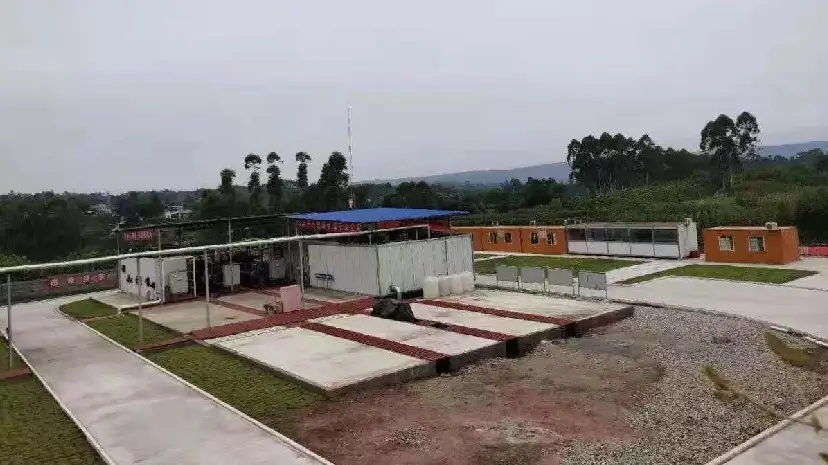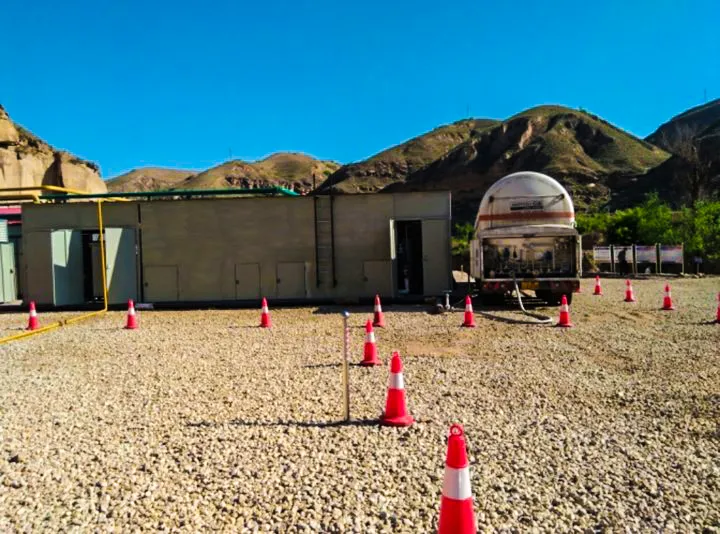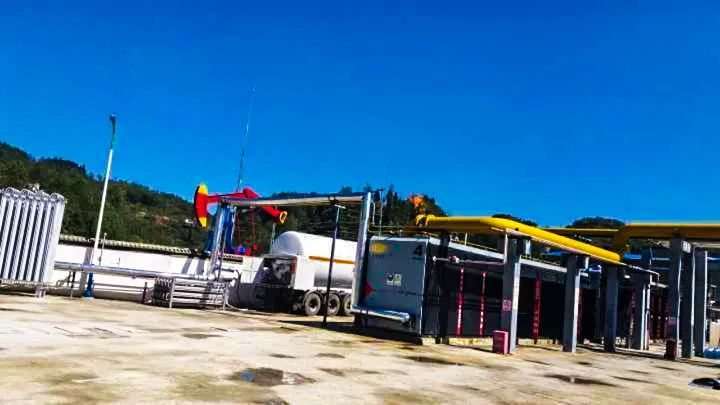What Are the Uses of Shale Gas? – A Clean Energy for a Low-Carbon Future
What is Shale Gas?
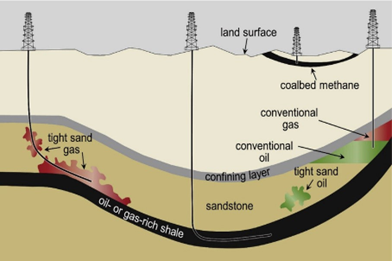
If you’ve ever wondered what shale gas is and why it has become a hot topic in the energy sector, you’re not alone. Simply put, shale gas is a type of natural gas trapped within underground shale formations. With the development of extraction technologies such as hydraulic fracturing and horizontal drilling, shale gas has become a significant energy source, especially in North America. As an energy industry practitioner, I’d like to walk you through the practical uses of shale gas, its regional importance, and its role in the current energy transition.
What is shale gas used for
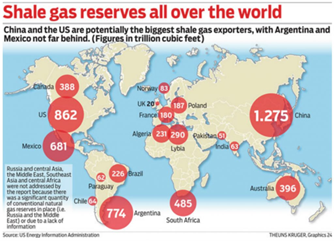
Shale gas use for Electricity generation: a cleaner alternative to coal
Shale gas plays a crucial role in power generation, offering a cleaner alternative to coal. Its combustion emits roughly 50% less CO₂ per unit of electricity generated. In the U.S. and across North America, shale gas now supports over 40% of the electricity supply, significantly reducing coal dependency. Governments in Canada, Europe, and other regions view shale gas as a vital resource for enhancing energy security and achieving climate goals, acting as a bridge toward renewable energy.
Heating, Cooking, and Hot Water
Shale gas provides natural gas to millions of households and businesses worldwide, reliably supporting winter heating, gas stoves, and hot water in residential and commercial buildings. According to the International Energy Agency (IEA), approximately 30% of global natural gas consumption is used for residential and commercial purposes. In countries like the U.S., China, and parts of Europe, shale gas plays a vital role in meeting these needs and ensuring everyday comfort.
Industrial Feedstock and Fuel
Beyond fuel, shale gas serves as a key feedstock for various chemicals and materials, including fertilizers (ammonia, urea), glass, steel, plastics, and solvents. In the U.S., for instance, the growth of the chemical industry has been partly fueled by affordable shale gas, providing a global competitive edge. According to the American Chemistry Council, shale gas has driven over $200 billion in chemical manufacturing investments since 2010.
Compressed Natural Gas (CNG) and Liquefied Natural Gas (LNG)
Shale gas is increasingly being converted into CNG and LNG for vehicle and marine fuels, serving as cleaner alternatives to diesel and gasoline. This trend is especially evident in countries with well-developed natural gas infrastructure. The International Association for Natural Gas Vehicles (IANGV) reports over 25 million natural gas vehicles globally, many powered by shale gas, particularly in North America and parts of Asia.
Shale Gas as a Transitional Fuel in the Energy Shift
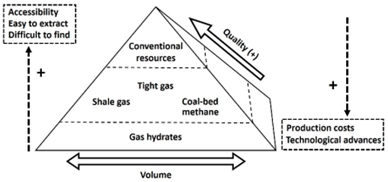
Shale gas plays an important role in the global energy transition. With lower costs and fewer emissions, it has largely replaced coal in U.S. electricity generation and partially displaced oil in certain industrial and transportation sectors. Compared to coal and oil, shale gas is cleaner, emitting fewer greenhouse gases and harmful pollutants. However, methane leakage during extraction remains a challenge that must be addressed through technological advancements and regulatory oversight. I believe that shale gas, as a “transitional fuel,” ensures energy stability, reduces emissions, and supports economic development as renewable energy continues to scale.
KAITIANGAS: Your One-Step Shale Gas Recovery Solution
KAITIANGAS specializes in innovative shale gas recovery solutions, aiming to maximize resource utilization while minimizing environmental impact. We offer end-to-end services from project feasibility consulting and engineering design to EPC execution and commissioning—helping energy producers meet regulations, achieve sustainability, and ensure production capacity. Whether in North America, Asia, or Europe, KAITIANGAS tailors efficient and responsible recovery plans for your shale gas projects.
Since its founding in 2002, KAITIANGAS has accumulated extensive experience in shale gas recovery and liquefaction. We offer proprietary modular skid-mounted liquefaction systems and possess full-process capabilities from resource assessment and process design to equipment manufacturing, EPC contracting, and system commissioning.
Case Presentation (List)
Conclusion
As unconventional natural gas development accelerates, the efficient transformation and commercialization of shale gas will be key to the competitiveness of energy companies. KAITIANGAS remains committed to innovation and works hand-in-hand with partners to upgrade the clean energy sector, achieving both maximum resource value and sustainable development.
Contact KAITIANGAS – Specialists in energy efficiency solutions, providing customized shale gas recovery plans tailored to your needs.

